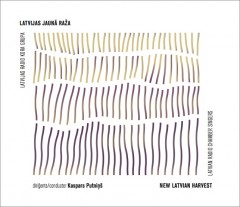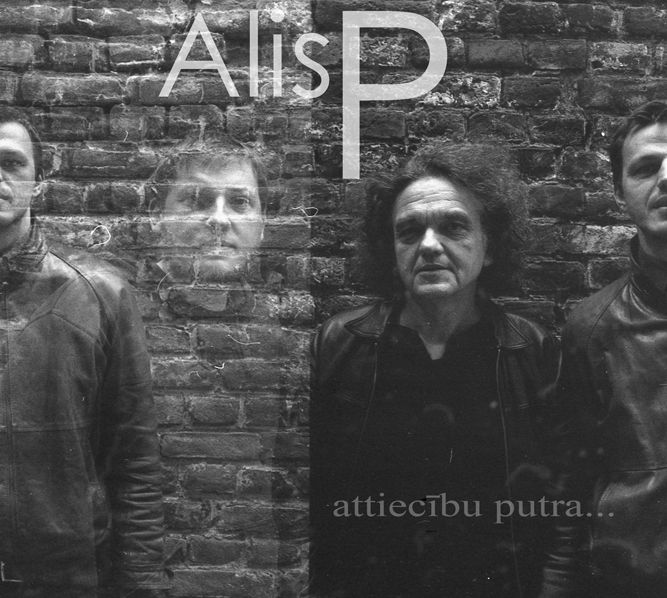The Latvian Radio Chamber Singers (Latvijas Radio kora grupa), made up of members of the larger Latvian Radio Choir, and conducted by Kaspars Putniņš, have released a new CD – Latvijas jaunā raža (New Latvian Harvest) featuring new choir compositions by Latvian composers.
The Chamber Singers, according to the CD booklet, were founded in the early 1990s with the goal of creating a smaller soloist ensemble to focus on contemporary, often experimental, choir works.
The CD, featuring compositions by younger Latvian composers such as Mārtiņš Viļums, Santa Ratniece, and Ēriks Ešenvalds, among others, also includes brief biographies of all the composers, brief commentary on the works, and all song texts in Latvian and English (as well as original language).
For more information on the Latvian Radio Choir, please visit their website at http://www.radiokoris.lv
Track listing:
1. Le temps scintille… – Mārtiņš Viļums
2. Verso l’alto (Part I – Ho atteso) – Ruta Paidere
3. Verso l’alto (Part II – Ma le mie urla) – Ruta Paidere
4. Verso l’alto (Part III – In quest’oscuro) – Ruta Paidere
5. Light Seeking Light – Gundega Šmite
6. Sleep – Rolands Kronlaks
7. horo horo hata hata – Santa Ratniece
8. Ligeija – Kristaps Pētersons
9. Sunset: St. Louis – Ēriks Ešenvalds






